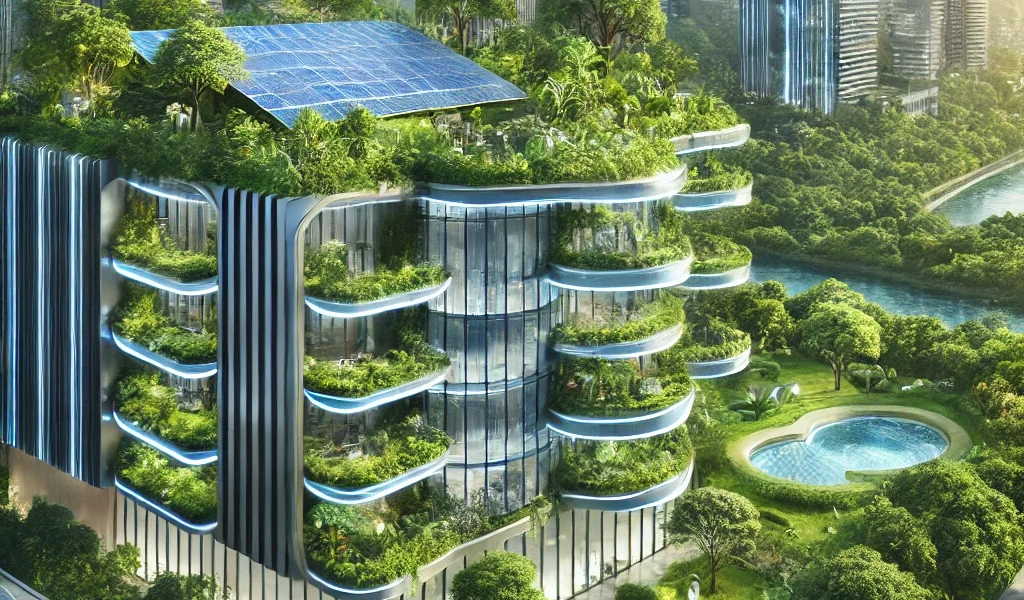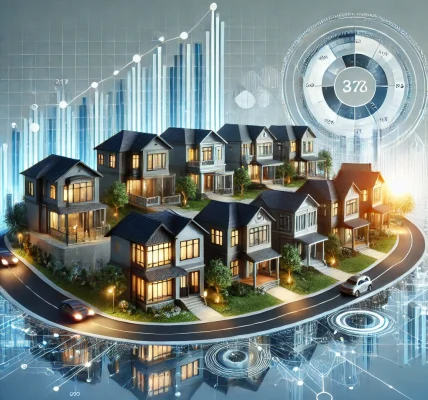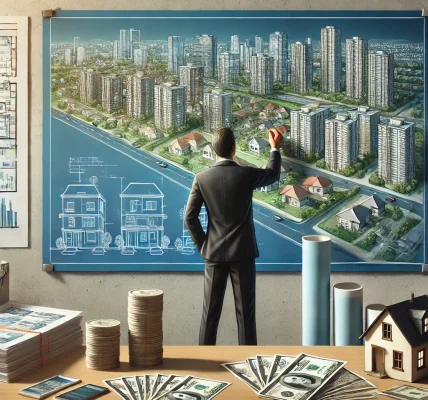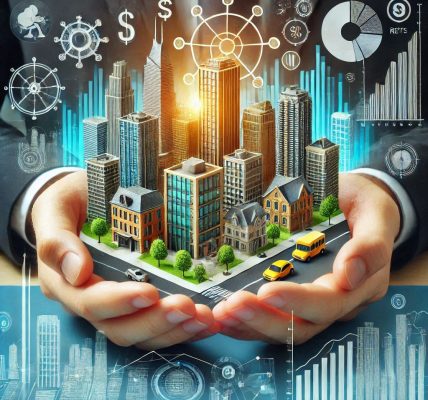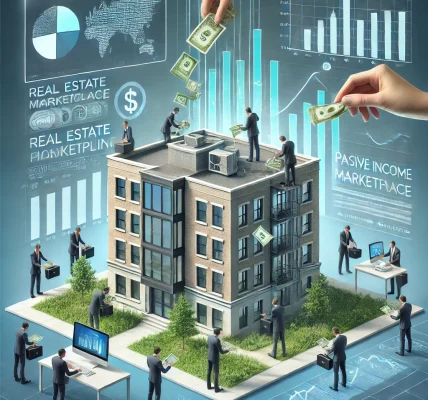Introduction
As the world shifts toward sustainability, green buildings have emerged as a lucrative investment opportunity. Sustainable real estate not only benefits the environment but also enhances energy efficiency, lowers operational costs, and attracts eco-conscious tenants and buyers.
In this guide, we’ll explore why investing in green buildings is a smart move, the benefits of sustainable real estate, and how you can get started with your green property investments.
What Are Green Buildings?
Green buildings are properties designed and built with a focus on energy efficiency, environmental responsibility, and sustainability. They incorporate eco-friendly materials, renewable energy sources, and smart technology to reduce their carbon footprint.
Key Features of Green Buildings:
- Energy Efficiency – Use of solar panels, energy-efficient lighting, and high-performance insulation.
- Water Conservation – Rainwater harvesting, low-flow fixtures, and water-efficient landscaping.
- Sustainable Materials – Use of recycled, reclaimed, or locally sourced materials.
- Healthy Indoor Environment – Improved air quality, non-toxic paints, and better ventilation.
- Smart Technology Integration – Automated systems to optimize energy and resource usage.
Why Invest in Green Buildings?
Green buildings provide both financial and environmental benefits, making them a smart investment for the future.
1. Higher Property Value & Demand
- Sustainable buildings attract environmentally conscious buyers and tenants.
- Many governments offer tax incentives and subsidies for green construction.
- Properties with green certifications (LEED, BREEAM, etc.) have higher resale value.
2. Lower Operating Costs
- Energy-efficient designs reduce electricity and water bills.
- Smart home automation optimizes resource consumption, lowering expenses.
- Less reliance on fossil fuels means long-term financial savings.
3. Regulatory Compliance & Incentives
- Many cities and countries are introducing stricter energy efficiency regulations.
- Investors can benefit from tax credits, green financing, and government incentives.
4. Improved Tenant Retention & Occupancy Rates
- Green buildings promote healthier living, attracting long-term tenants.
- Many corporations seek eco-friendly office spaces to meet sustainability goals.
5. Future-Proofing Investments
- As environmental regulations become stricter, non-green buildings may become obsolete.
- Sustainable real estate will remain valuable as energy prices rise.
How to Get Started with Green Real Estate Investments
1. Choose the Right Location
- Look for cities with strong sustainability policies.
- Check for availability of renewable energy infrastructure.
- Research market demand for green buildings.
2. Select the Right Type of Green Investment
- New Green Developments – Investing in newly built, energy-efficient homes or commercial spaces.
- Retrofitting Existing Properties – Upgrading old properties with eco-friendly features.
- Eco-Friendly Rental Units – Building or purchasing energy-efficient rental properties.
3. Certifications & Standards to Consider
- LEED (Leadership in Energy and Environmental Design)
- BREEAM (Building Research Establishment Environmental Assessment Method)
- WELL Certification – Focuses on health and wellness in buildings.
- Passive House Standard – High energy efficiency standard.
4. Utilize Green Financing Options
- Green mortgages and loans offer lower interest rates for eco-friendly projects.
- Government grants and subsidies can reduce initial investment costs.
- Crowdfunding platforms are emerging as an alternative way to finance green buildings.
5. Incorporate Smart Technology
- Install smart thermostats and energy management systems.
- Use AI-driven lighting and climate control systems.
- Implement remote monitoring for water and energy consumption.
Common Challenges & How to Overcome Them
1. Higher Initial Investment Costs
- Solution: Apply for green building incentives and grants to offset costs.
- Solution: Focus on long-term savings rather than upfront expenses.
2. Limited Availability of Green Materials
- Solution: Work with suppliers that specialize in sustainable materials.
- Solution: Consider recycled or reclaimed materials to reduce costs.
3. Lack of Awareness Among Tenants & Buyers
- Solution: Educate potential buyers and renters about cost savings and health benefits.
- Solution: Market properties using green certifications and eco-friendly features.
Case Studies: Success Stories in Green Real Estate
1. The Edge, Amsterdam
- One of the greenest office buildings in the world.
- Uses AI and IoT to optimize energy consumption.
- Achieved an energy-positive status, producing more energy than it consumes.
2. Bullitt Center, Seattle
- Self-sustaining building with solar panels, rainwater harvesting, and composting toilets.
- Designed to last 250 years with minimal environmental impact.
3. Bosco Verticale, Milan
- Residential towers featuring vertical forests that absorb CO2 and improve air quality.
- A model for integrating nature into urban real estate.
The Future of Green Buildings
The demand for sustainable real estate is expected to rise as climate concerns grow. Innovations such as net-zero buildings, biophilic design, and carbon-neutral construction are shaping the industry’s future.
Real estate investors who adapt to this trend now will benefit from long-term profitability, regulatory advantages, and a positive environmental impact.
Conclusion
Investing in green buildings is more than just an ethical choice; it’s a financially smart and future-proof strategy. By incorporating sustainability into real estate, investors can enjoy long-term returns, lower costs, and increased demand while contributing to a healthier planet.
